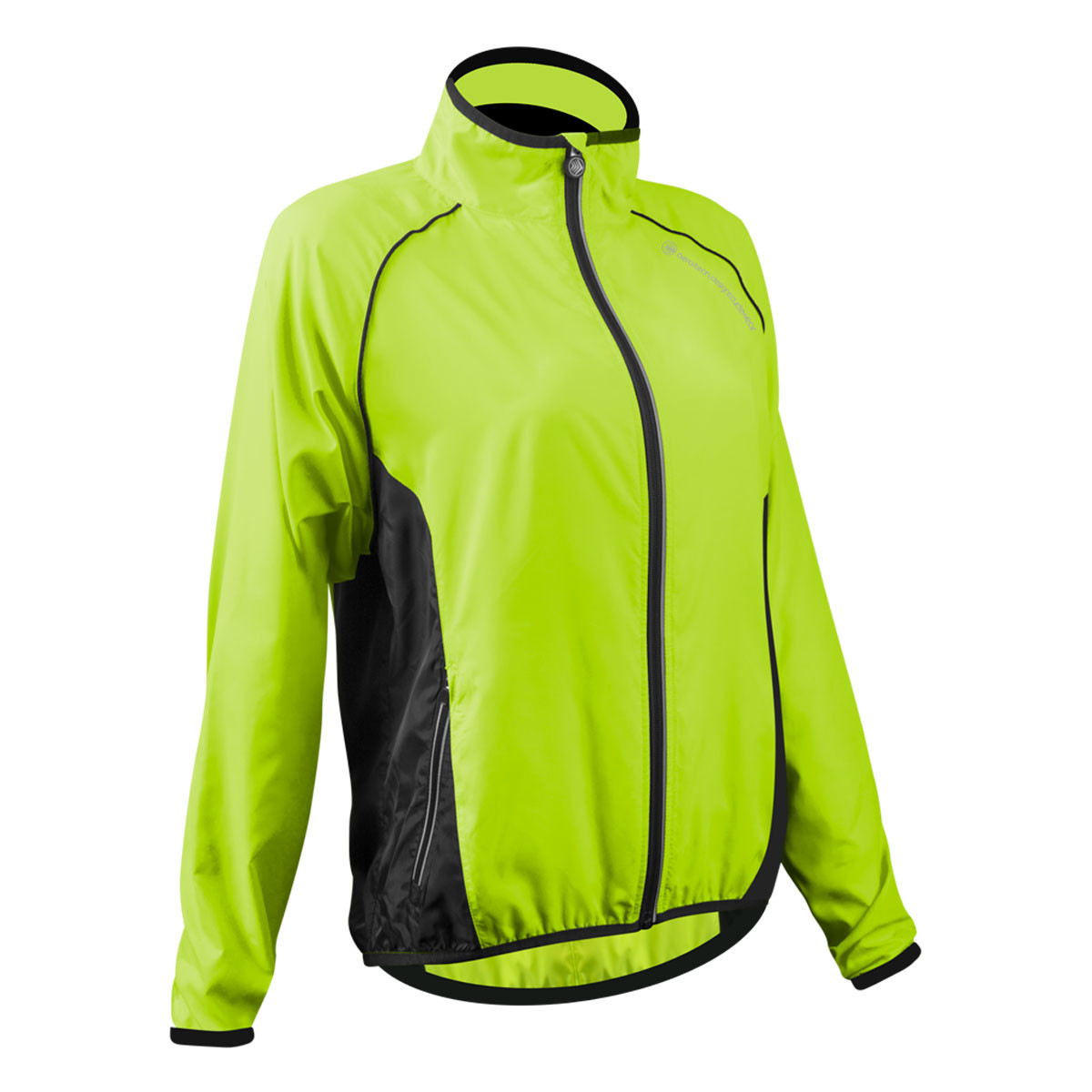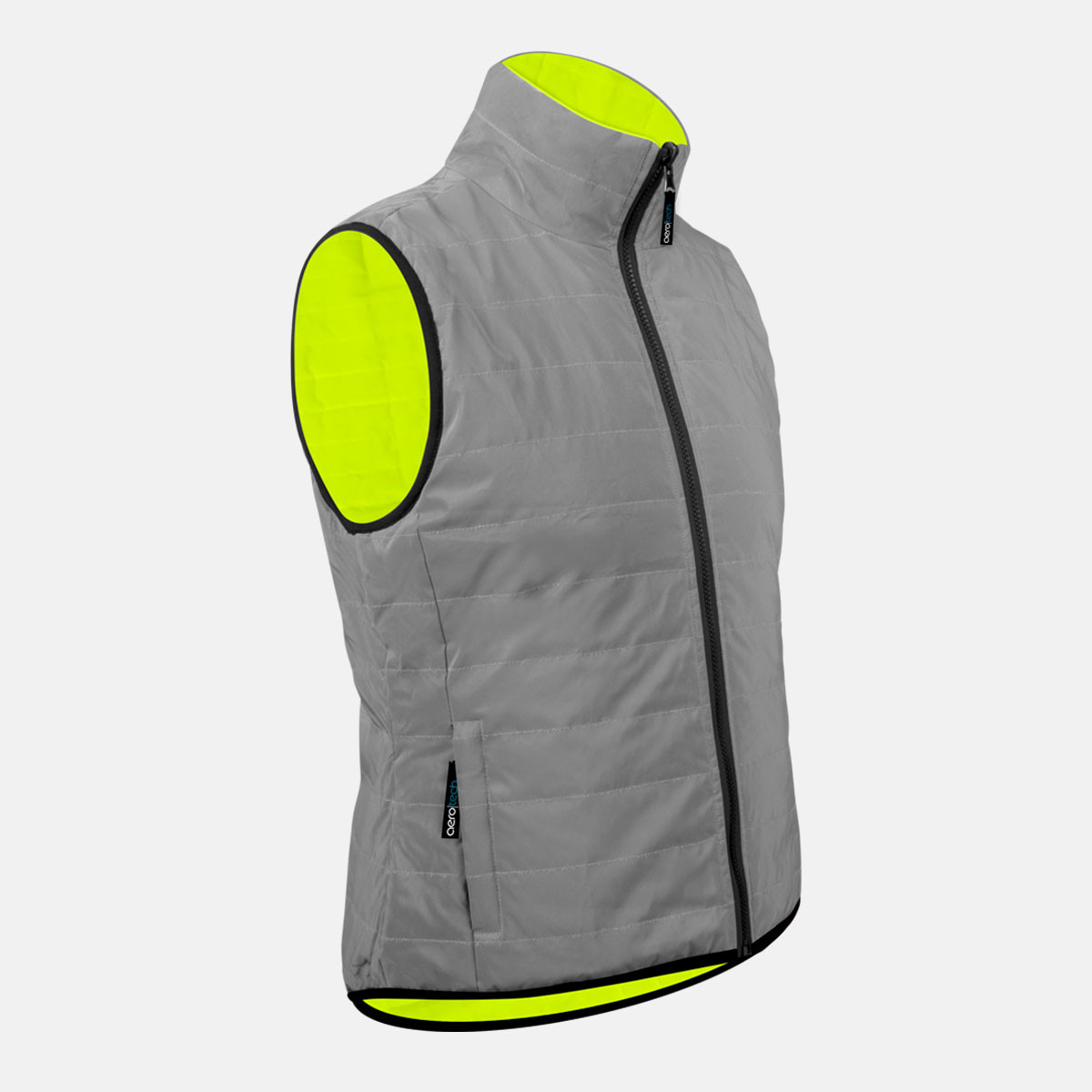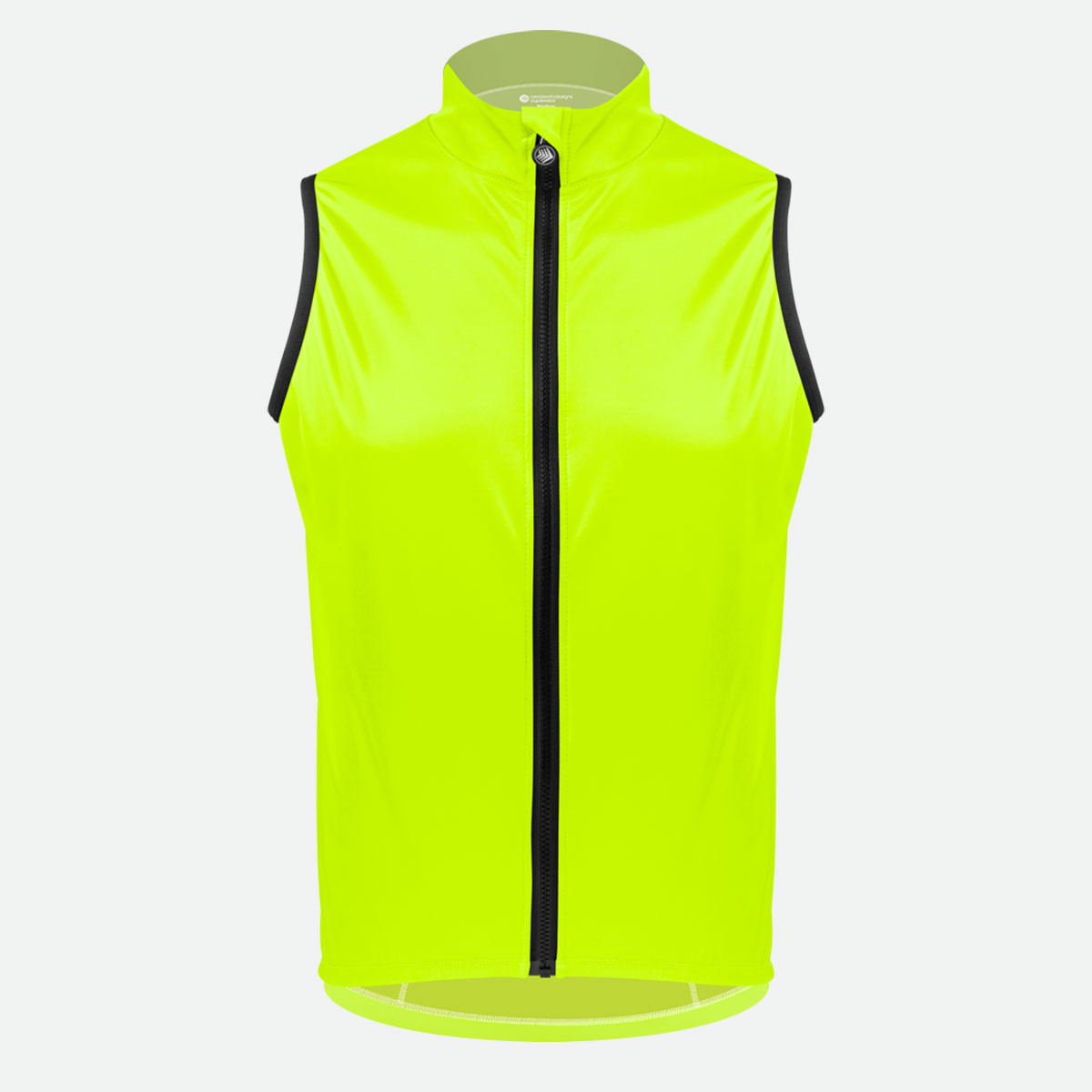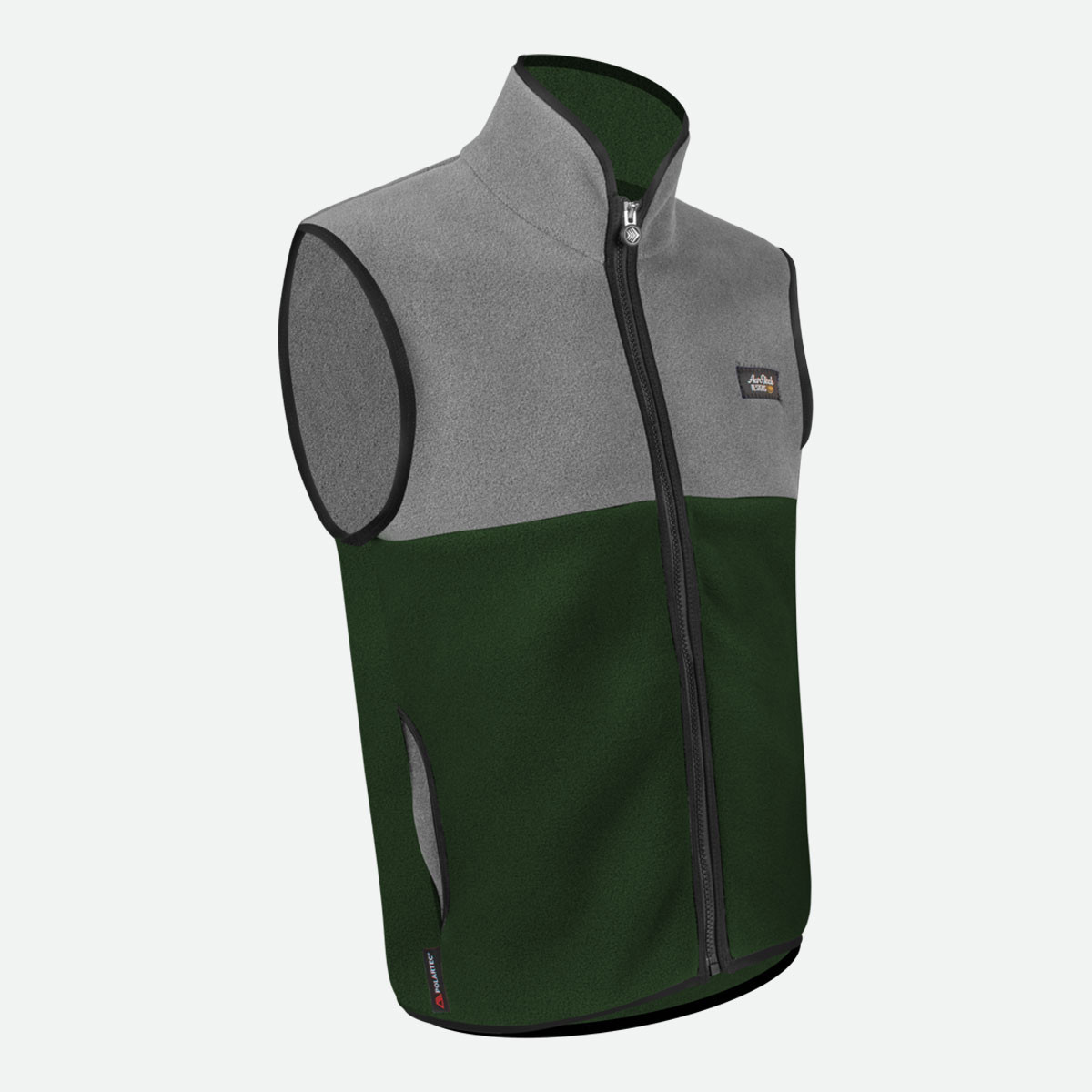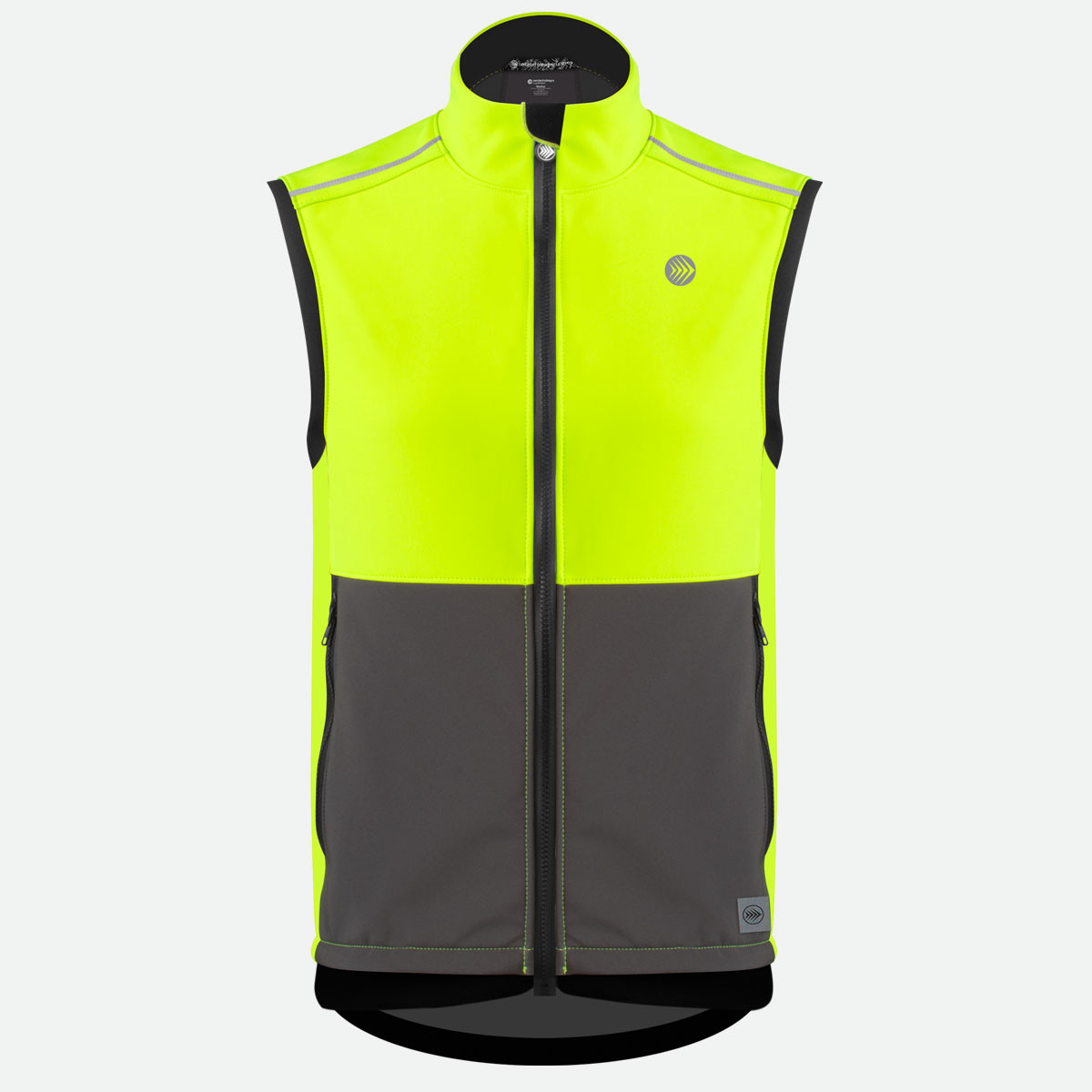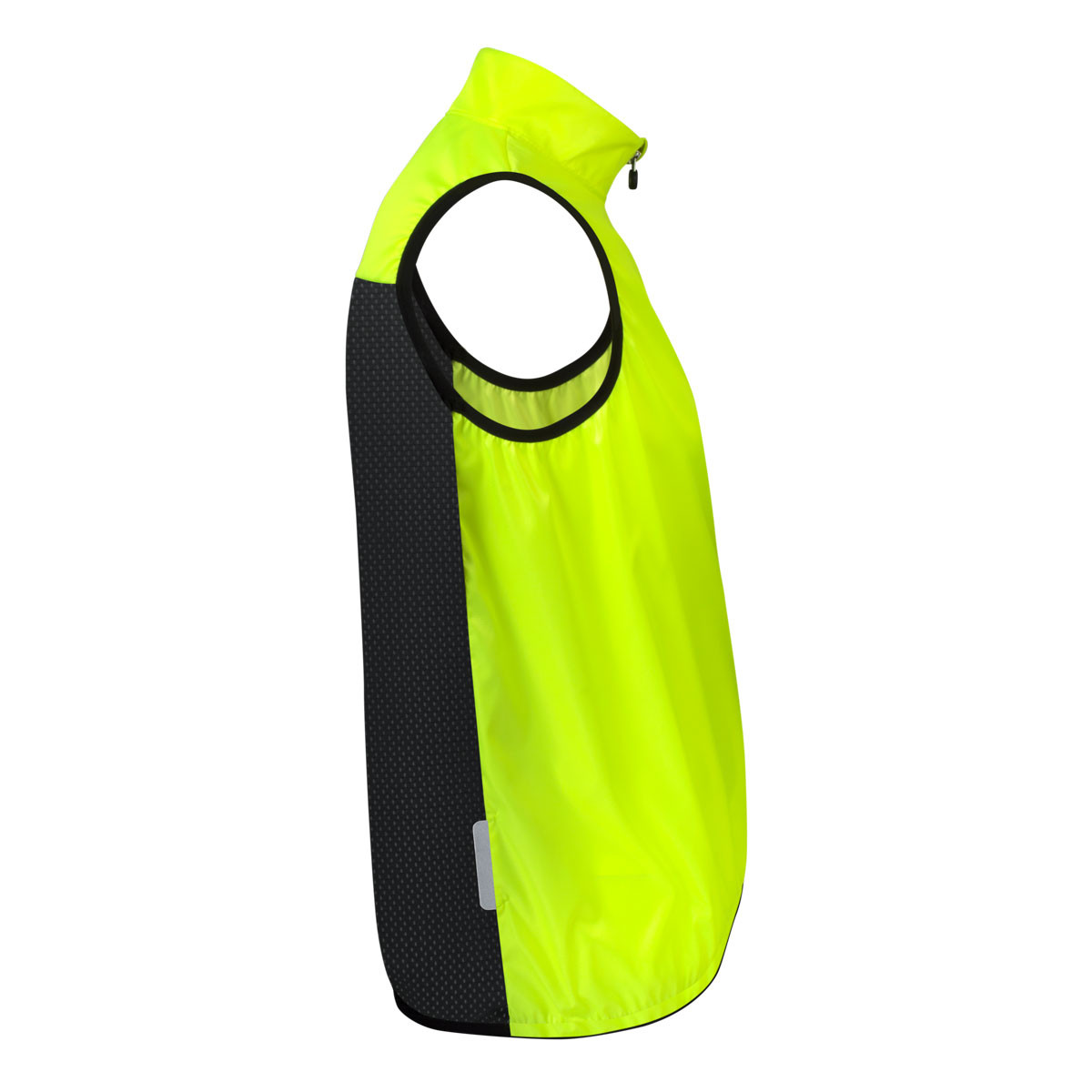JACKETS AND VESTS

Men's Cycling Jackets and Gilet Vests
Be prepared for any ride with Aero Tech Designs’ Men’s Cycling Jackets. Our USA Softshell Jacket is built for warmth, featuring insulating fabric and a tailored fit for cycling comfort. Stay Dry in the Rain – The AeroReflective Rain Jacket repels water while adding visibility for low-light conditions. Wind-Resistant & Packable – Our Lightweight Wind Jacket offers just the right amount of coverage without overheating, perfect for breezy rides.










